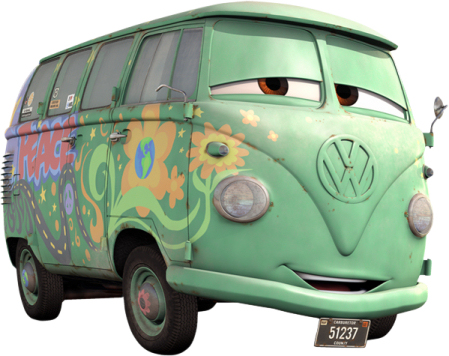 ERIKA SCHULTZ / THE SEATTLE TIMES
ERIKA SCHULTZ / THE SEATTLE TIMES
Trong and Rani Hong are creating the first home in the state for international human-trafficking victimsSurvivors of sorrow shelter the exploited
By Lornet Turnbull
The Seattle Times staff reporterAs a 7-year-old girl in southern India in 1978, she was taken from her parents and sold into slavery.
At the same time, a 9-year-old boy in Southeast Asia was surviving alone in a cave, after the fishing boat on which he was fleeing Vietnam became shipwrecked.
Rani and Trong Hong would eventually be rescued from their separate childhood nightmares and brought to safety in Washington state. They would meet as adults on a blind date, fall in love and marry.
Years passed before they shared the stories of their own sad pasts with one another — he because he chose not to remember, she because she couldn't, the trauma so great it had forced to her forget.
Now, motivated by the pain of their early years to help others, they are renovating a home exclusively for victims of human trafficking — people recruited, transported and harbored for sexual exploitation or slave labor.
(snip)
The U.S. government estimates that 14,500 to 17,500 victims are trafficked into the U.S. annually and about 1.2 million worldwide, although only a fraction are ever discovered.
In 2002, Washington became the first state to pass trafficking legislation and establish a task force whose member agencies, headquartered in Seattle, work with about 40 victims a year.
As a port city, Seattle is a hotbed for trafficking. Victims are often women and children — although men are trafficked, too — brought here from countries in Asia, Latin America and Eastern Europe.
The Seattle Times http://archives.seattletimes.nwsource.com/cgi-bin/texis.cgi/web/vortex/display?slug=trafficking29m&date=20071029&query=LORNET+TURNBULLHuman trafficking is a sad crime. Trong and Rani Hong are devoting their lives to help other victims to escape and to survive.












